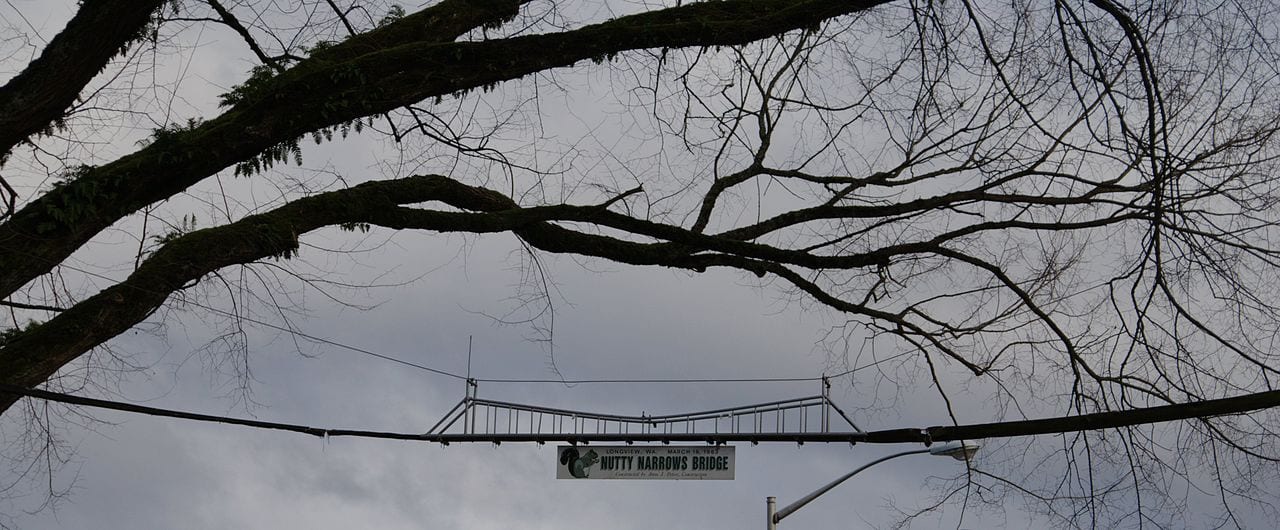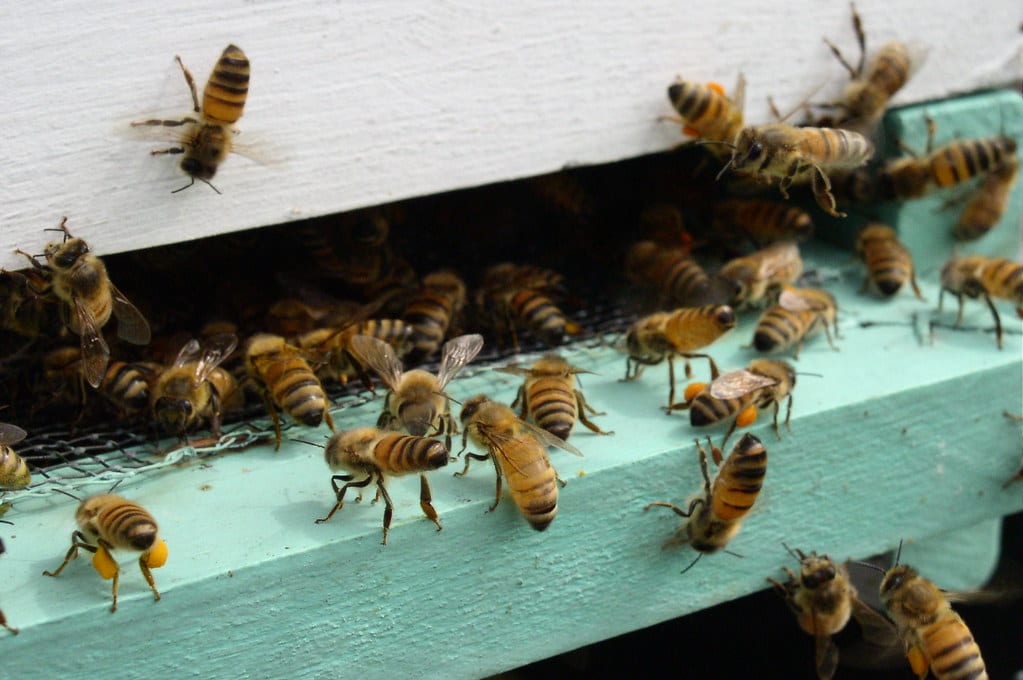Trending Now
Cars and animals don’t mix, and when the two collide the results are disastrous–and the bigger the animal, the bigger the disaster. Reports claim car/animal collisions cost us billions of dollars every year.
The responsibility for protecting all creatures, great and small, falls on us. Especially, when animals need to cross the roads we’ve built across their paths.
So, how do we manage this conflict?

Photo Credit: Pixabay
By creating animal crossings that lessen the chances of animals and people from running into each other.
Countries all over the world are getting wonderfully creative with animal crossings. Scroll through these fantastic ways people around the world have thought to minimize danger to animals crossing roads.
1. Crab bridges on Christmas Island
Lying off the coast of Australia, this small island sees thousands of crabs scurry across busy roadways to date and mate. These bridges keep the little romancers safe.
2. Nutty Narrows Bridge in Washington
This special rope bridge keeps squirrels high and safe as they cross the highway.

Photo Credit: Wikimedia Commons
3. Wildlife bridge on Flathead Indian Reservation, Western Montana
This pristine preserve keeps animals safe with their own bridge.

Photo Credit: Wikimedia Commons
4. Monkey rope bridges in Costa Rica
Sloths and squirrels like them too.
5. The Red Earth Wildlife Overpass of the Trans Canada Highway in Banff National Park
Beautiful and functional.

Photo Credit: Youtube
6. Wildlife bridge over the A2 in The Netherlands

Photo Credit: Researchgate.net
7. Over B38 Highway in Germany
Natural looking and safe for both motorists and animals.

Photo Credit: Wikipedia
8. The “Bee Highway” in Oslo
Residents and business owners have teamed up to provide roof top hives and gardens so that bees could fly around the city and have safe places to stop.

Photo Credit: Flickr
Currently, Europe has the United States beat when it comes to existing infrastructure keeping animals off roadways. But new solutions are getting more consideration before highways are constructed, resulting in less retrofitting and increased safety for humans and animals alike.






